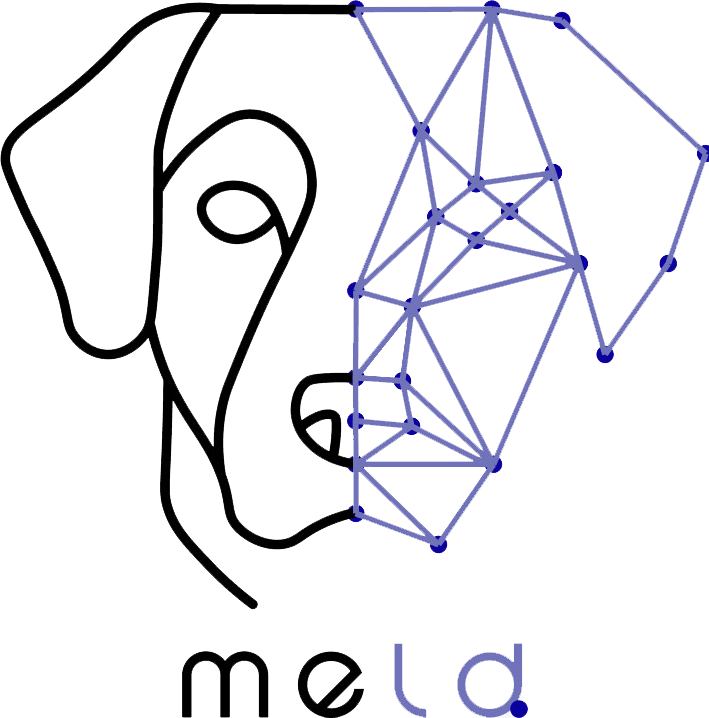This study investigated the use of machine learning (ML) models for the objective analysis and diagnosis of Brachycephalic Obstructive Airway Syndrome (BOAS) in dogs, aiming to overcome the subjectivity and time-intensive nature of traditional diagnostic methods like pharyngolaryngeal auscultation. Researchers analyzed 366 audio samples collected from 69 Pugs and 79 other brachycephalic breeds using an electronic stethoscope during a 15-minute standardized exercise test and at rest. The ML models, which included K-Nearest Neighbors (KNN) and Decision Tree classifiers, were developed to classify BOAS test results, predict outcomes from recordings at rest, and detect laryngeal sounds. The results demonstrated significant potential, with models achieving a peak accuracy of 0.85 (85%) for classifying BOAS test results when using combined post-exercise data from Pugs. Predictions based on recordings at rest showed accuracies of 0.68 (68%) for Pugs and 0.65 (65%) for various brachycephalic breeds. Notably, the detection of laryngeal sounds reached an F1 score of 0.80 (80%). These findings suggest that machine learning can streamline the examination process and provide a more objective and efficient approach to canine health assessment, facilitating earlier and more standardized BOAS diagnostics.
Non-Invasive Computer Vision-Based Fruit Fly Larvae Differentiation: Ceratitis capitata and Bactrocera zonata
This paper proposes a novel, non-invasive method using computer vision

